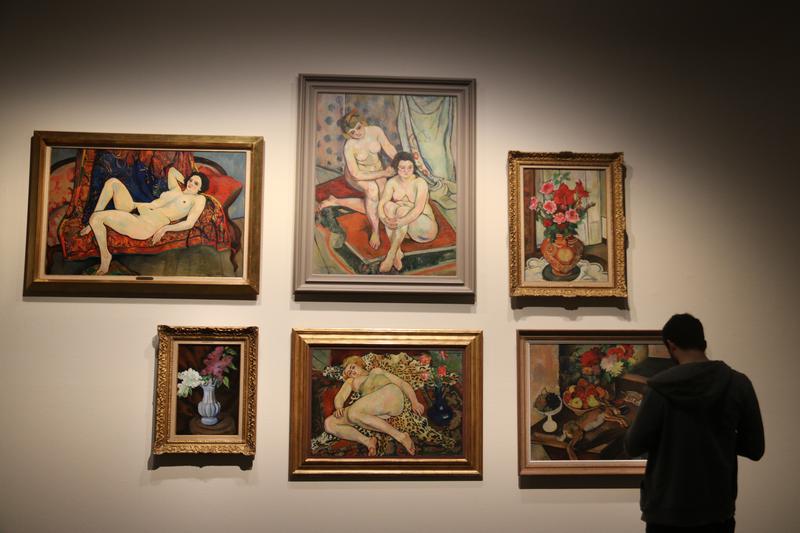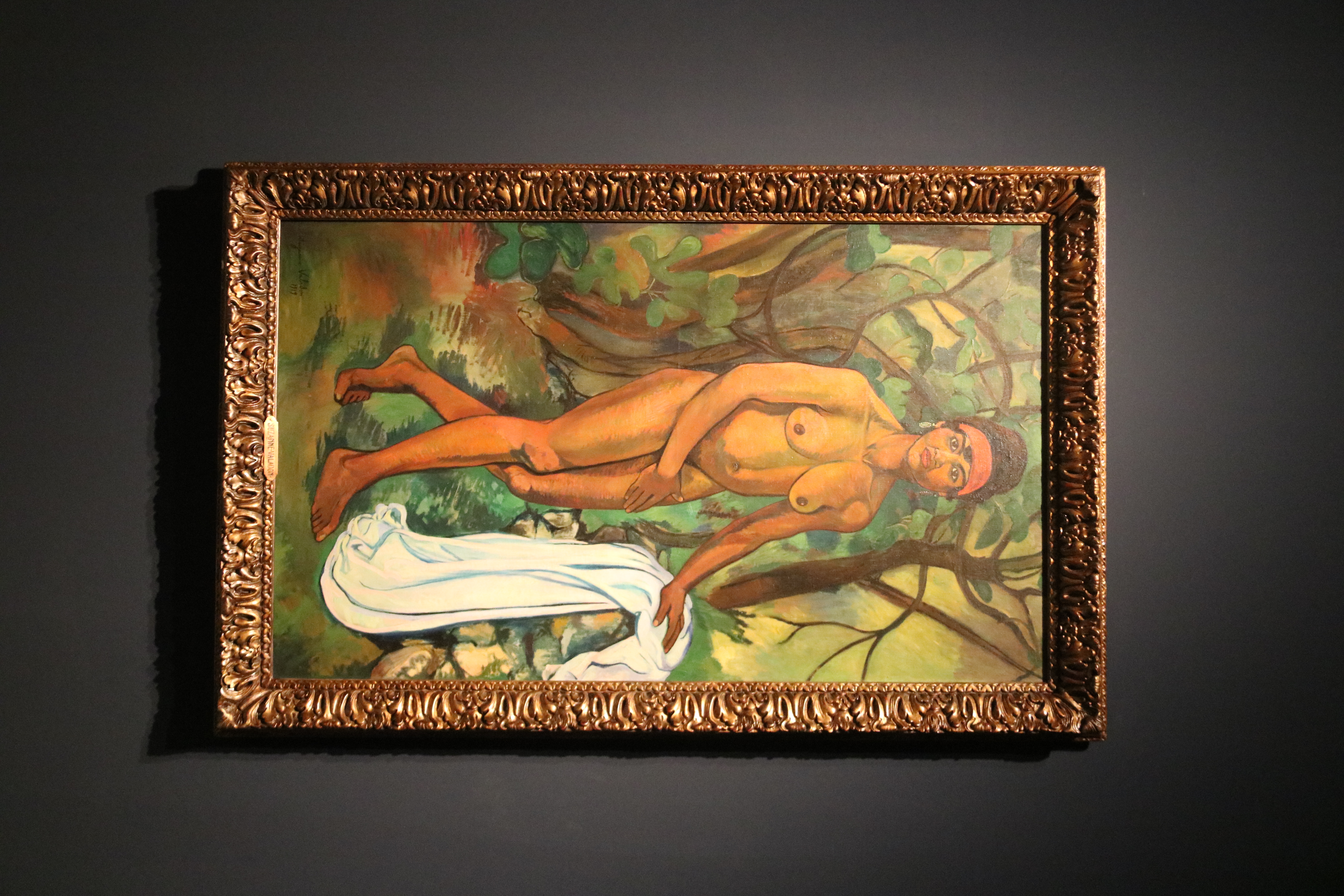Suzanne Valadon exhibited for first time in Spain at Catalonia's National Art Museum
Works by French and Catalan painters such as Matisse, Toulouse-Lautrec, Casas or Rusiñol also on display

Catalonia's National Art Museum (MNAC) will open a new exhibition dedicated to the French painter Suzanne Valadon on April 19.
This is the first time that Valadon's work will be shown in Spain, in an exhibition organized in collaboration with the Centre Pompidou-Metz and the Musée d'Arts de Nantes.
The exhibition, which runs until September, features a total of 109 works, around 30 of which are exclusive to this Barcelona show.
Born in France in 1865, Valadon was one of the most important artists of the late 19th and early 20th centuries and one of the most successful of her generation.
Although she worked in all genres, the subjects of her drawings and paintings were primarily portraits, especially female nudes.
"She was a great and free artist. Almost no other female painter made portraits like her, with her naturalism and escaping the stereotyped masculine gaze," said Eduard Vallès, director of collections at the MNAC.

At the age of 15, Valadon began modeling for some of the most important painters of her time, including Pierre-Auguste Renoir and Henri de Toulouse-Lautrec, and then became one herself.
"Because she was a model, she understood what artists were creating and thought she could do it as well and better, with a new interpretation of the human figure," says Phillip Dennis Cate, the exhibition's commissioner.
Valadon, who was self-taught, struggled to make the transition from model to artist in a very competitive and male-dominated industry that was not open to a lower-class woman.
"She was overlooked because she was a woman. Her nudity was truthful, not sexual. She understood the intimate feelings of women, so she could interpret the body of a woman more directly without making it a sexual object," Cate adds.
Valadon's close connection with Catalan artists
Valadon had a very close relationship with the Catalan artists who lived in the Montmartre district of Paris at the end of the XIX century, which became the world's mecca for art.
The French painter enjoyed a very close bond with artists such as Santiago Rusiñol, Ramon Casas and Miquel Utrillo, with whom she had a son, the future painter Maurice Utrillo.
"Valadon was part of the Catalan family. She was very close to them and inspired by their work," explains Cate.
To visualize this relationship, the exhibition also includes works by Rusiñol and Casas, as well as works by other French artists with whom she was also very close, such as Matisse, Toulouse-Lautrec, and Degas.
Although she is a very well-known artist, exhibitors say that her work has not been widely seen by the Catalan public, and they hope that this exhibition will help to make her "powerful" work more visible.
"It is important that people in Catalonia know that their artists were intimately involved in the international art world that was Montmartre," says Cate.